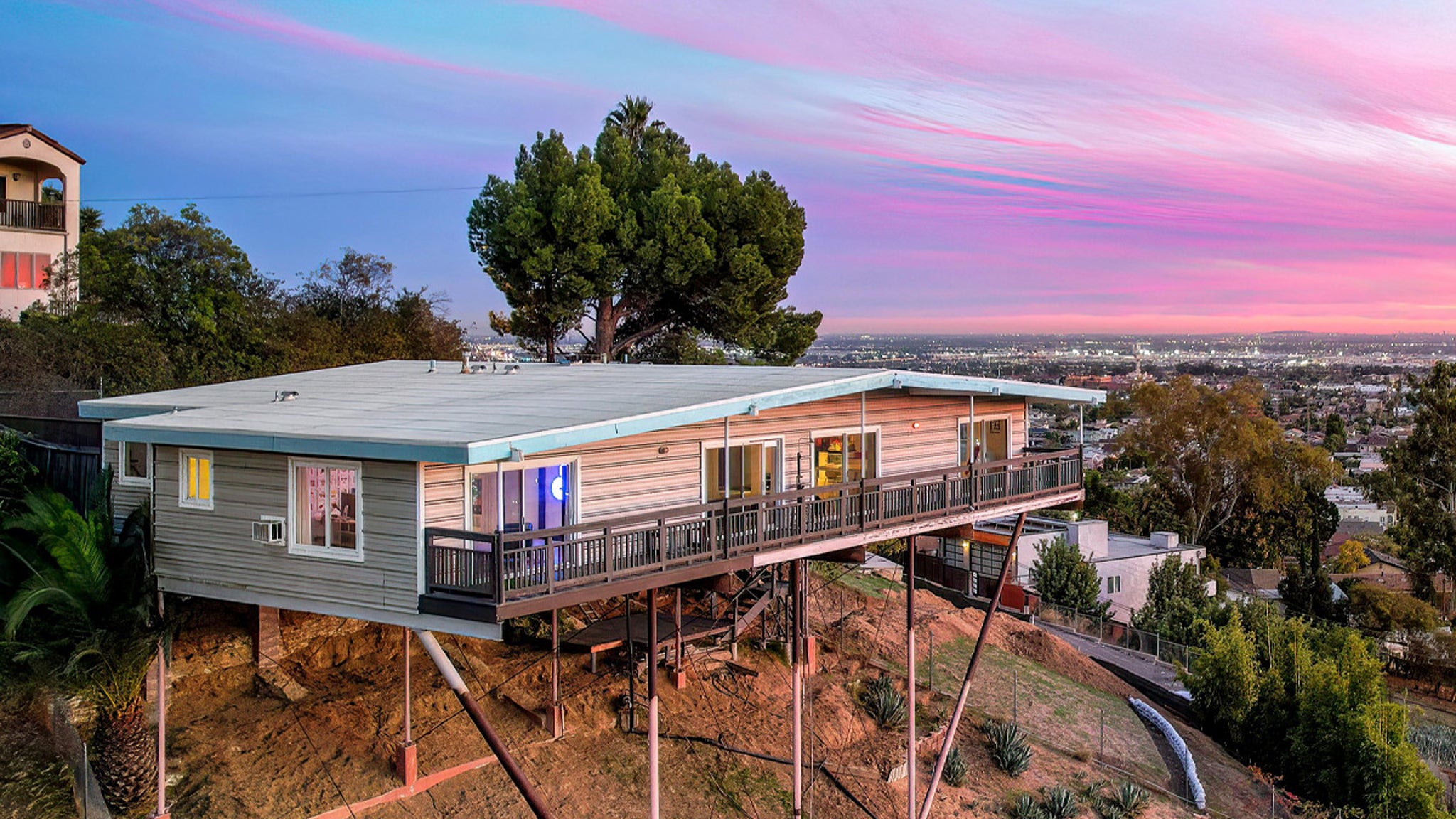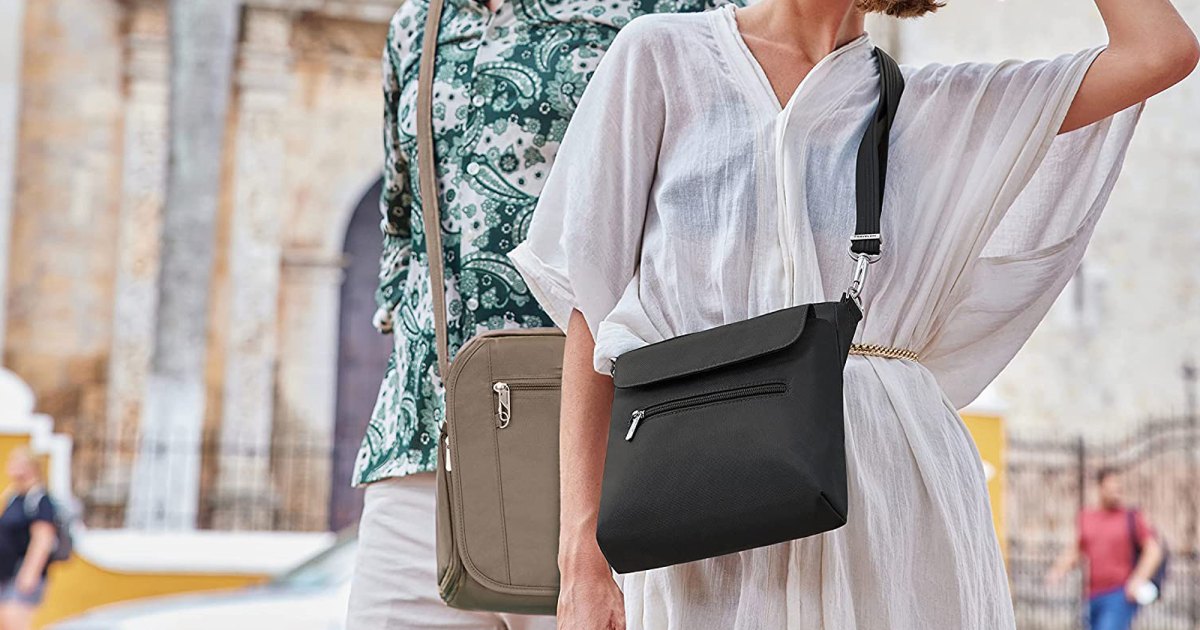Travel
Is Serifos the Perfect Greek Island?

“I have analysis paralysis,” said my friend Maite, an Argentine who lives in Madrid. Maite is a world traveler but has always been stymied when it comes to Greece. “There are too many islands. How do you decide?”
There are more than 6,000 Greek islands, so it was a fair question — and one that many potential visitors probably ask themselves. Since I had plans to go to Greece, it was also one I wanted an answer to myself.
I started with a process of elimination: Rule out anything with an airport (too crowded) or uninhabited (too empty). Then add ferry access (I don’t have a yacht), lots of beaches, good local restaurants and nice hotels. Plus, a rich history, a welcoming local population, and proximity to other islands (for day trips). Throw in the mythical cave of the Cyclops, and we have a winner. Six thousand became one: Serifos.
Serifos is in the western Cyclades. If you’re looking at a map of the Greek islands, it’s pretty much dead center, lying between Syros, Paros and Milos — but it doesn’t have the name recognition of its neighbors. It’s not enormous, only about 29 square miles — but it has 70 beaches. It was settled in the 7th century B.C., which makes it one of the younger spots in the archipelago. And I’d been told by a Greek friend that it is the perfect, just-discovered-enough place to spend a week. The Platonic ideal of a Greek island.
That’s how I found myself (with my husband and our two children) at the counter of a car rental company in Livadi Port in Serifos, a few steps from where the ferry spat us out.
The gentleman behind the counter handed me a map of the island, which I expected. What I didn’t expect was that as I turned to leave, he stopped me and with a thick black marker, began crossing out roads on the southern and western parts of the island.
“You cannot drive here. It would be a big problem,” he said, wagging a finger at the map.
A big problem because the roads are impassable or a big problem because the roads were perilously close to the mythical throne of the Cyclops, he didn’t specify. So we left the port and, heeding his warning, drove north, into the hills and the island’s main town, Chora.
Calling Chora the capital of Serifos, though true, is misleading. It’s more like a cluster of square, whitewashed houses clinging to the top of a small mountain overlooking the sea. The town is made up of sun-dappled cafes, local bakeries, a few churches, zero streets that can accommodate a car, a ton of views and more steps than you could count in a lifetime. My husband decided he wanted to hike to St. Constantine Church, the lookout above town. My daughter found three boutiques she wanted to explore before dinner. And my son ran off to read the menu at a blue-and-white charmer of a restaurant called Stratos Café. From the moment we stepped foot inside its blindingly white embrace, Chora won us over.
We stayed in a small apartment we had rented on Airbnb, and the next day, we got going right away. There were miles of beaches to explore, we just had to figure out which ones we wanted to go to — and how get to them. I’d asked around and there was one thing everyone mentioned.
“You have to pay attention to the wind,” said Stefanie Kasselakis Kyles, a Greek American whose family is from the island and who has been going there for 40 years. “It’s formative. Everything in Serifos is shaped by the wind — the hills, the trees, the people.”
You want to make sure you’re at the beach that isn’t being battered by gusts. So we followed the advice ofthe locals: If the wind is coming from the north, head south, etc. With a strong breeze coming from the west, we drove to Psili Ammos, a sandy crescent on the east side of the island.
Serifos is hilly and rocky and inhospitable. It is land that has been worn down by millenniums and shaped by the will of the mistral winds. Serifos is wild, a place that seems more connected to its mythology than other, glossier islands. Even 30 years ago, there were no hotels here. To exist in Serifos took grit. But just when you think the land is barren and empty, Serifos rewards you.
Hidden in its mountains are countless pockets of beauty. When we got to Psilli Ammos, the water was clear, shallow and warm, the beach was virtually empty, and the whole area was lined with shady pine trees. After a few hours, we still hadn’t heard a word of English. It was perfect. And when perfection got hot, we made our way to the far end of the beach, to an open-air tavern with a stone floor, where people sat in their swimsuits and ate Greek salads and French fries. This was Manolis Tavern, and as far as I was concerned, I would be delighted to spend the next four days sitting under its straw roof.
But winds change.
The next day, with a slight breeze coming from the north, the gods pushed us toward Koutoulas Beach in the south. Here we did exactly the same thing as the day before. This beach was made more of small stones and had fewer people, but there were still the same pine trees with the inviting shade, the same water the color of a morning sky and temperature of a bathtub, and a different tavern beckoning at the far end. Serifos is Groundhog Day if groundhogs go on vacation.
Honestly, that was fine with me. There’s a certain appeal to doing the same thing every day, at the same place, with the same perfectly grilled sea bream and stein of cold Mythos beer. But I had a job to do, so we decided to see the island from a different perspective: from the water.
Since our family is yacht-less, the only option was to hire one. The next day, we threw caution to the winds and headed to the port, to a 20-foot RIB (Rigid Inflatable Boat) and Skipper Giannis Gyllis.
“Our mission today is to give you the best day of your vacation,” said Mr. Gyllis, a big man with a white beard. A Greek Ernest Hemingway.
“It’s a really long vacation,” I said. “Don’t let your mouth make promises your boat can’t cash.”
“I see we will have to make this extra special,” he said. “Climb aboard.”
My kids and I did as we were told (my husband had a very ill-timed work meeting back on dry land). Mr. Gyllis helped us on board and offered us drinks. So far, my money was on him.
And we were off.
We zoomed over the water, and Mr. Gyllis’s exceptionally tan assistant Nikos Kottis, turned on the music. For the next hour, it was just us, Taylor Swift, and the wide-open Aegean. Our first stop was Polyaigos, a completely uninhabited island if you don’t count the goats who live there year-round. (“Polyaigos” translates to “many goats.”) Gianni steered us into a massive open cave, punctuated by a circular hole on top.
“It’s called Fanara,” he said.
I had never seen anything like it. My kids, sitting on the bow of the RIB, kept looking back at me as if asking if I could believe my eyes. I could not. It was the Pantheon designed by Poseidon.
Tempting as it was to dive in, the waves were too rough, and Gianni wanted to take us to Kimolos, a neighboring island, and a place called “Blue Water.” This entire sea could be characterized as “blue water.” How much bluer than blue water could Blue Water be? Then we saw it.
“It looks like it’s not real,” my daughter said.
It looked like a chemical spill, like water that had been dyed. Gianni explained that the minerals from the rocks had been falling into the water for years, turning the water a shocking shade of sapphire. I turned to explain it to the kids, but they had already jumped in to explore all that blue up close.
Half an hour later, feeling like the world’s most un-fun mom, I got them out of the water. It was time to go Kimolos and an unlikely gourmet beach tavern called Kyma. An hour — and the best grilled fish of my life — later, we were back in the boat, salty, happy and quiet, heading back to Serifos. Taylor serenaded us the whole way.
On our last evening on the island, my husband and I went to the Serifos Yacht Club, which has no yachts and is not a club. It’s just a really lively, local bar on the water. We were there to have a drink with George Kasselakis, Stefanie’s father and a Serifos expert, who has been living on the island for 40 years.
“When I came here in the 1980s, there was one restaurant,” he said. “The whole island had one house for rent. I was driving one day, and I saw a man with a sign that he was selling his house. So I bought it.”
I asked Mr. Kasselakis how he thought Serifos might change in the coming years.
“Serifos is not Mykonos. That place is a zoo. And Paros is even worse — you have to park 10 miles from where you want to be,” he said. “But Serifos will never lose its character. I don’t think the natives would allow it.”





























